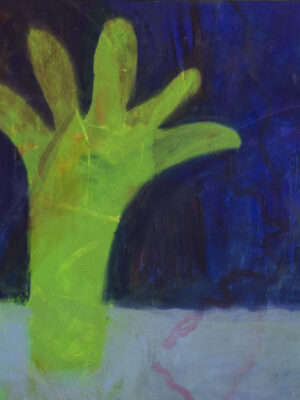Jimena Rios:
I’m going to Munich with Iris Eichenberg and a group of students from Cranbrook to take students to see the jewellery field. We have been working together for a long time, and we collaborate on many projects and teach together. While teaching, the problem that we both sometimes have with the students is that we find they all, as it were, eat from the same cake; they all have the same sources, which are no more than Instagram. It’s just what the algorithms bring, and even if they go to jewellery weeks, more and more things are all the same. They go to the same exhibitions, and the exhibitions are set up in the same way. It has changed a lot. We have been teaching for a long time, and we have been students as well. So, we have seen how the interests of students have shifted and changed in recent years.
Handwerksmesse, FRAME GALLERIES, Gallery MARZEE
I suggest spending a few hours exploring the fair, especially the galleries, with a focus on Gallery Marzee. The field of contemporary jewellery is becoming increasingly amateurish and inconsistent, so I am interested in highlighting galleries that have remained steadfast over the years, striving to create a professional space for artists.
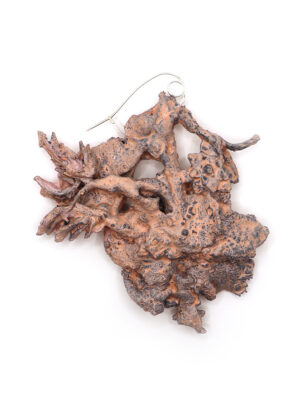
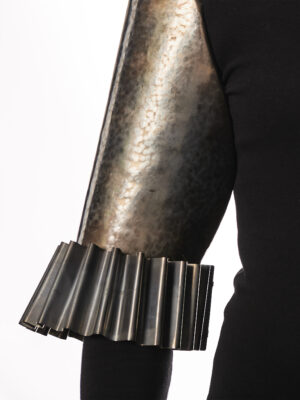
Margaret Munchheimer: I wanted to ask you some more about the fact that this is such a long journey to make if you’re coming from South America, rather than if you’re coming from Germany or Italy, especially because it remains a pretty Eurocentric perspective. I was wondering how that is for you?
JR: I mean, I’ve been in Munich and I’ve been selected for Schmuck and have had students who have been selected as well. But it’s also becoming more and more difficult to be part of all these jewellery weeks because it’s more expensive to fly, and it’s becoming increasingly expensive to have an exhibition. If you look at the map now of all the exhibitions, you will see there are names that appear in seven exhibitions – the same names. And these are people whom I really admire and really like. But also, you don’t see new names. That’s also a problem, or another way jewellery is shifting that I don’t like. It’s easy to buy a position in the jewellery field, with these jewellery weeks.
Schmuck über Alles – Jelly all over – Gabi Dziuba, Robert Baines, Karl Fritsch, Gerd Rothmann
I really respect this group of artists because they’ve dared to push the boundaries in our field. Throughout the brief history of contemporary jewellery, no other generation has managed to create pieces revisiting classical typologies with a fresh perspective, all while retaining the wearability and aura of jewellery. And I am particularly eager to see Gabi Dziuba’s work for this exhibition.
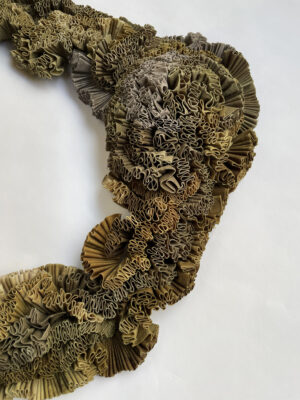

MM: So you feel that Munich is still important enough to encourage students to participate?
With other jewellery weeks, more and more, I find that there is not really a curator point of view in these new exhibitions. So maybe the divisions have very bad lighting, or have a very poor way of showing and even if you have beautiful work, you cannot really see it because of the height of the table.. And then on the other hand, there are a lot of ethnographic museums or anthropological museums that need to change their perspective. So I wonder why these things don’t go together.
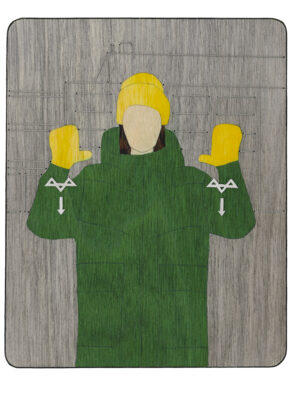
MM: What is your burning question for the field, or a question that really nags at you?
JR: I’m really obsessed with the idea of who the audience for contemporary jewellery will be if we keep it in this very small space of jewellery weeks. Since I was a student at Massana, I’ve been listening to makers say that the art world was not welcoming us – that we really needed to belong to the art world. And at the same time, I feel that makers never take the risk to be part of the art world. I know very few makers who are also taking the risk to be next to a painting and be okay with that. Or being in the context of an ethnographic museum and losing a little bit of the sense of authorship, just to also be part of something bigger. How many artists from the jewellery field want to take that risk to lose their position in the very, very tiny, small world of contemporary jewellery, and will go there just to have a new audience? Here in South America, I’m more interested in trying to get a new audience for exhibitions. We had an exhibition for Manon van Kouswijk two months ago. Nice, and really small, in a neighbour’s garage. And it was really nice because for our neighbours, they had never seen jewellery made in porcelain or ceramic. So for me, that’s much more important than being part of a big thing where the audience will also be my colleagues. I don’t see the point of that.
MM: That’s such an interesting question, about authorship, especially because it’s so frequently the thing that separates fine art from craft; the question of whether you have to put your name on it or just make a really good piece?
JR: And, that there will be ones that will survive and others that will not. And that’s also fine.
This interview is part of the Pulse series, highlighting the favourite Munich Jewellery Week selections of professionals in the field. For more Pulse articles by Jimena Rios, Lin Cheung and Oh My Blue Gallery, order the Munich Jewellery Week Paper 2024 now through our webshop.
Cover image: Tales from Home, Jussi Jarvinen, Absent Referent Brooch, 2024, Textile Magnet.Photo Val Nevalainen.

